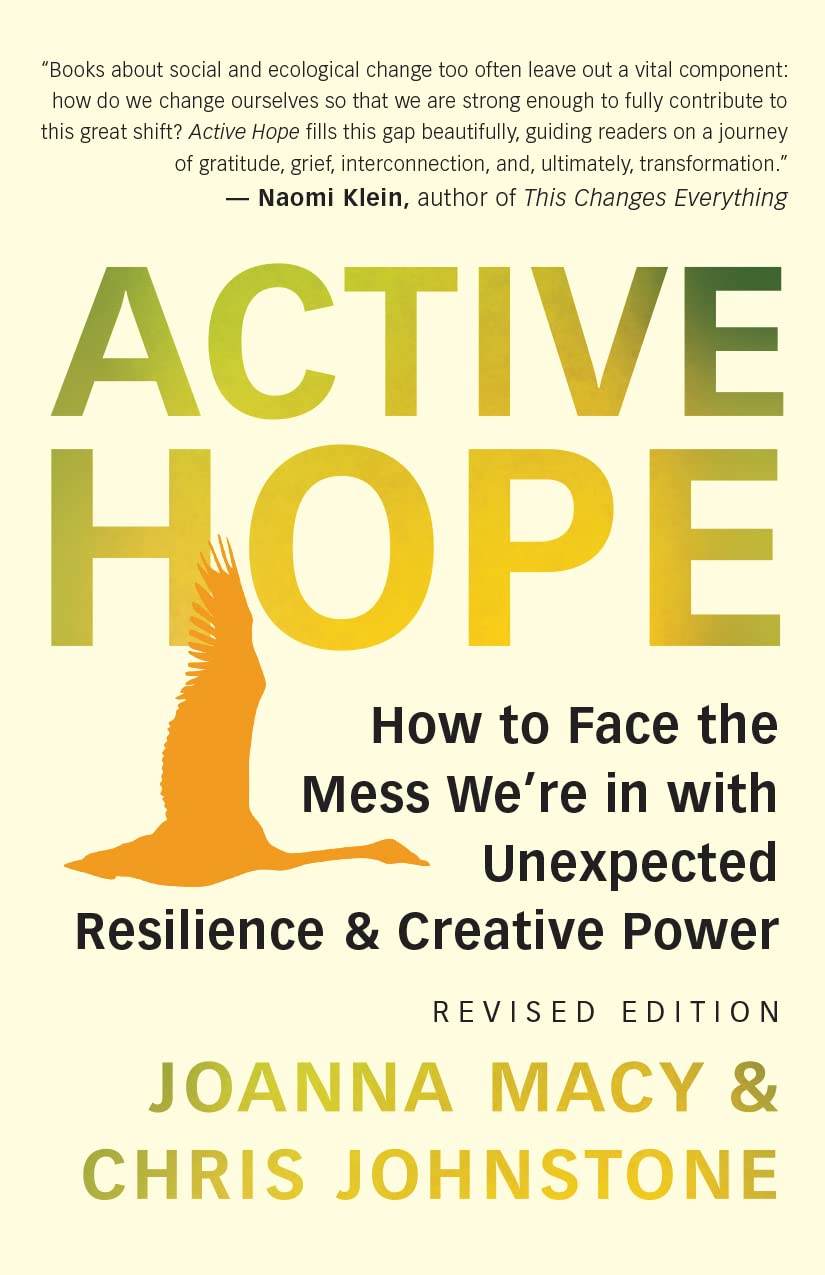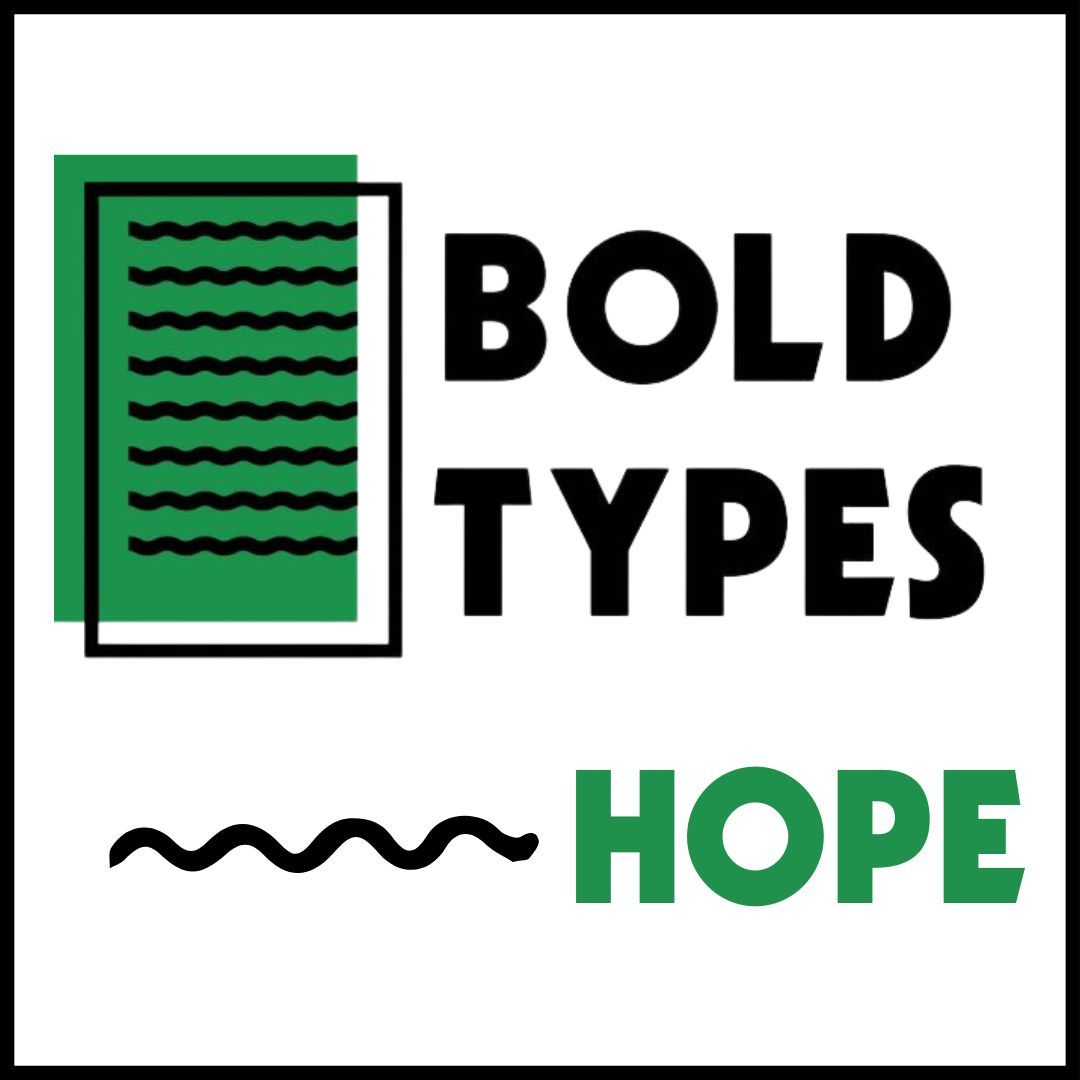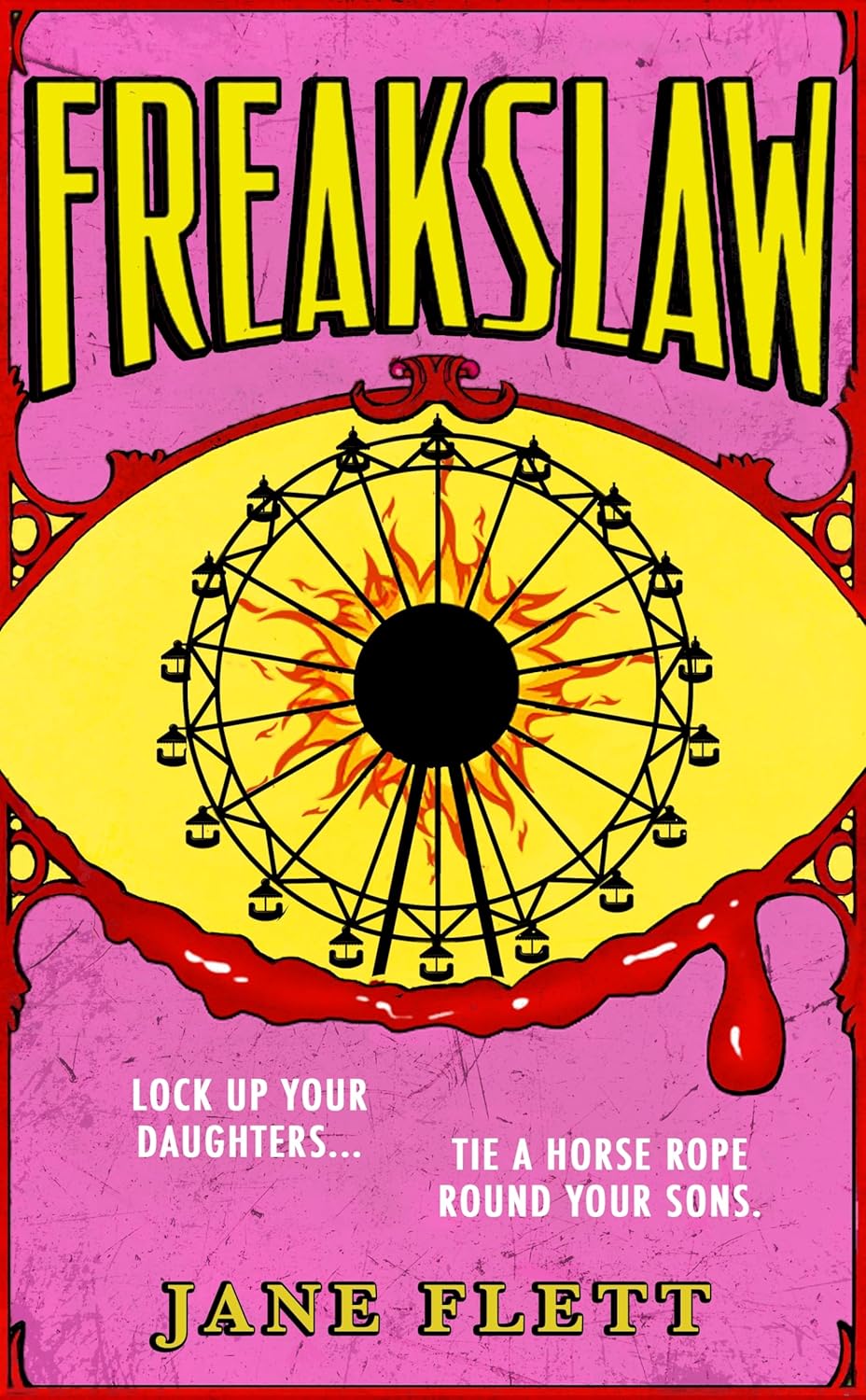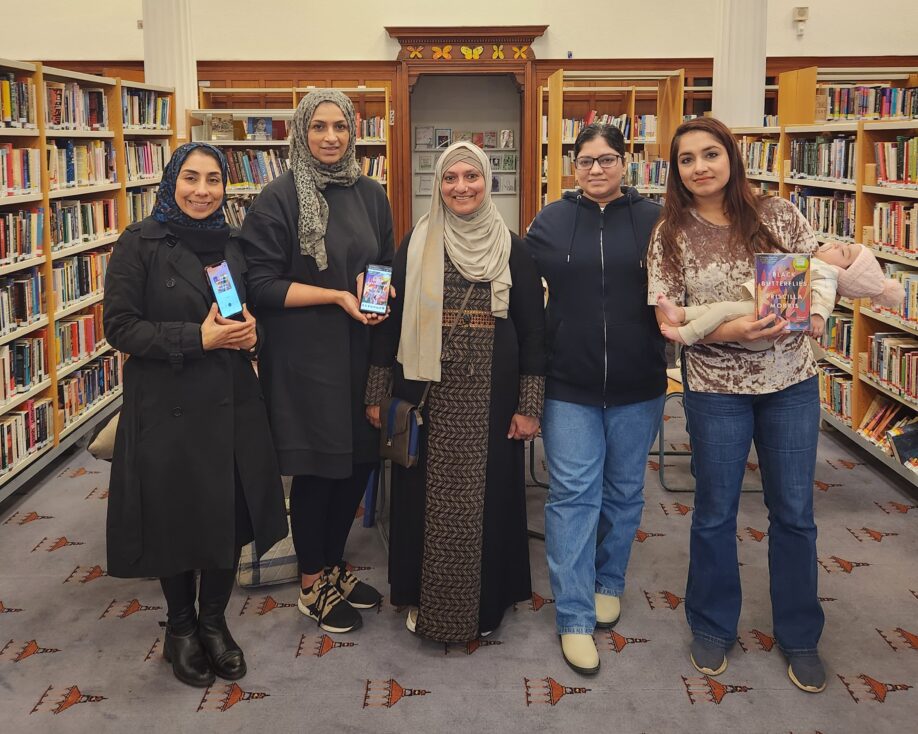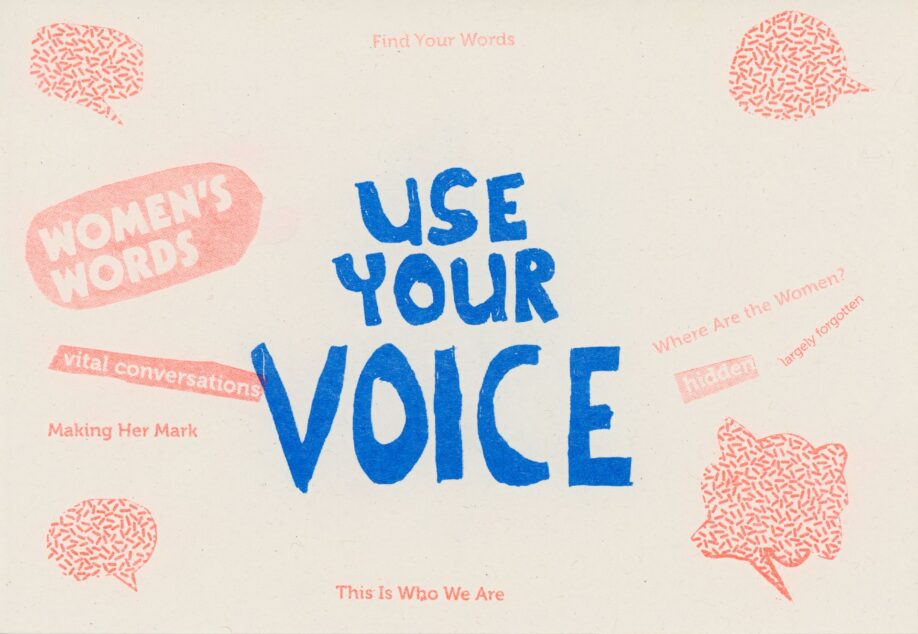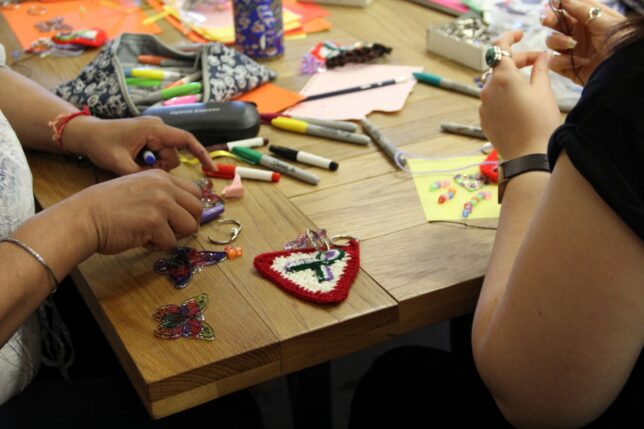This blog is part one of four blogs looking at Yoko Ono’s art practice and its connections with GWL
Yoko Ono is born in Tokyo 18th of Feb 1933 where she lives for most of her childhood apart from short periods spent in America while her father is based there for work. This early small dividing, between two cultures, is overshadowed by a bigger dividing in 1941 with the US declaring war on Japan after the bombing of Pearl Harbour. In spring 1945 Ono is evacuated to the country after the US bombs Tokyo, Yoko recalls:
‘In the middle of the night, we were woken up to go down into the shelter while the B29s firebombed our city. It was frightening to see fire burning down the houses around us. Eventually we, the children, were evacuated to the country.. there was a shortage of everything, even toilet paper. So we managed with what we had and became rather inventive. Those experiences of the early days cast a long shadow in my life.’
(from Kira Wainstein’s essay in Music of the Mind)
The rest of the war story is well known and could be said to cast a long shadow over human history. On the 6th of August 1945 the US army drop an atomic bomb on Hiroshima and a second 3 days later on Nagasaki, the bombs ending the war but of course falling very far from its promise to end war.
It is also, arguably, a beginning for Yoko Ono; of a lifetime of music, art and activism dedicated to framing Peace and imagining otherwise. And it is the point where Ono’s practice meets our archive at GWL. Fast forward over thirty years to the moment in 1981 when many women marched from Wales to Greenham Common in Berkshire and many more women joined them to set up a camp to protest against nuclear weapons being brought there by the US military under Margaret Thatcher’s leadership. This now famous protest camp at Greenham saw women unite creatively and spiritually to present alternative forms of leadership, art and imagination, creating a site that has endured beyond the presence of the weapons they gathered to protest. The GWL archive is a testament to the many forms of protest pioneered at the camp which left their traces in the form of newsletters, song sheets, banners and many photographs with women decorating, cutting, embracing and climbing over the perimeter fence (sometimes as teddy bears) to show the absurdity of the divisions we draw between ourselves and the violence these divisions enable us to commit.
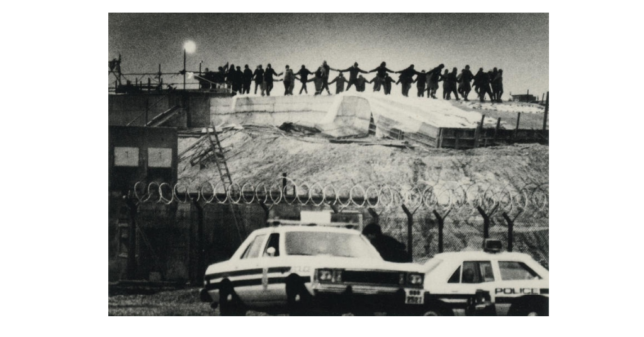
Greenham women were drawn to the camp to protest all the imagined horrors that the prospect of nuclear war suggested, the end of life on earth that Ono had lived through and somehow escaped from. Many were also drawn away from the micro-aggressions played out in their everyday realities, eloquently making the connections between patriarchal violence at home and at state violence played out through the mechanisms of colonialism (The GWL archive also bear witness to solidarity expressed between Greenham women and the Nuclear Free Pacific activists whose islands were testing grounds for nuclear weapons) and the military industrial complex.
To find out more about Yoko Ono’s work in GWL read the next blogs and/or visit GWL where you can see artworks by Yoko Ono until the 31st of August.

